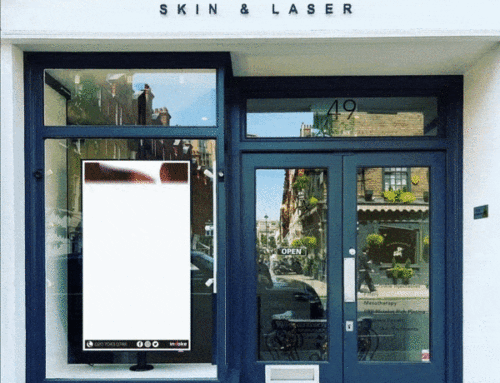Customers today rely on a variety of platforms when making purchasing decisions. They don’t just look in-store, they also check social media, websites and apps to find the best deals. For companies, the struggle is to deliver the best content to the right channels to grab customers when they are most open. A free webinar by Intel entitled “Reaching shoppers in the moments that matter” described one solution to this problem: digital experience management platforms.
During the webinar, Dave Oldridge, technical sales development and David Dobson, global senior industrial advisor at Intel, discussed how customers deeply value consistent experiences across channels. 73 percent of shoppers go online before shopping in a store, and 64 percent of shoppers are less likely to shop from a retailer that didn’t provide complete information. 82 percent of customers claim that brands could retain them with better cross-channel experiences. Most fascinating of all is that 93 percent of retail revenues were from transactions completed in stores.
Every year, there is a great increase in the number of channels customers use to make their decisions. Retailers with better digital capabilities have a 2.5 times better sales conversion rate than competitors. In order to capture customers, retailers need a comprehensive holistic plan to guide the customer through the decision making process.
Dobson and Oldridge described the steps of the customer experience as exploration, evaluation and purchase. They gave the example of Jane, who is looking to purchase a new outfit. Jane begins the exploration phase by clicking on an email from a retailer regarding earning loyalty points. She then evaluates dresses on an online store. The next day, she clicks on an email about a recommendation for accessories. When she actually purchases a dress, she checks her mobile app to see that her loyalty points have increased.
A digital experience platform can help automate this process across all platforms, whether it be digital signage, kiosks, online or mobile. Retailers need to look for platforms that provide low latency synchronization of dynamic, static and streaming content. The platforms should also offer remote device management and analytics at every step of the way.
Dobson and Oldridge provided a path to digital experience management for both customers and retailers. Customers require:
- No confusion or harassment with random offers;
- Freedom to use multiple channels for shopping;
- Availability of products;
- Relevant offers.
Retailers need to provide:
- Consistent content on every screen, display and kiosk;
- Offer secure online access;
- Maintain efficient operations;
- Get the content to the right person at the right time.





